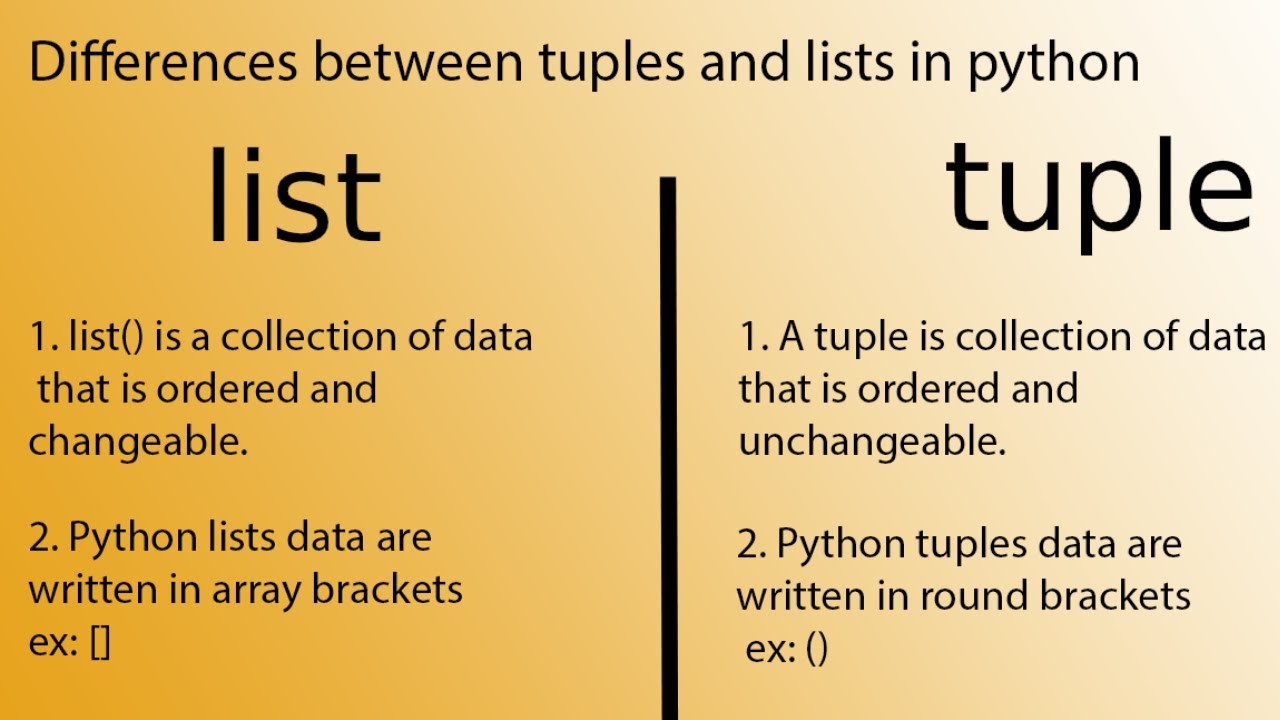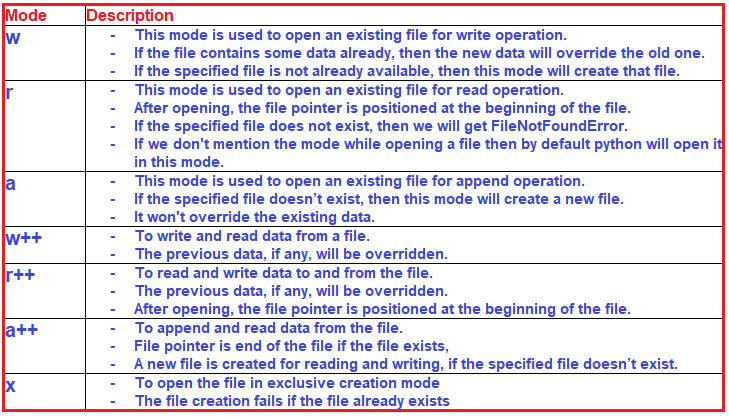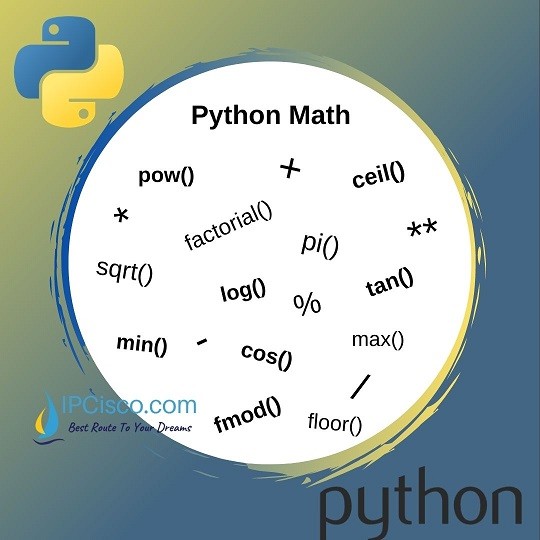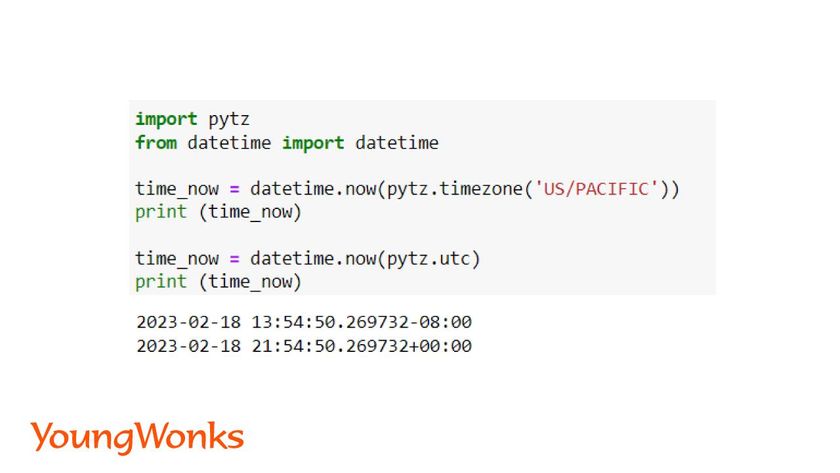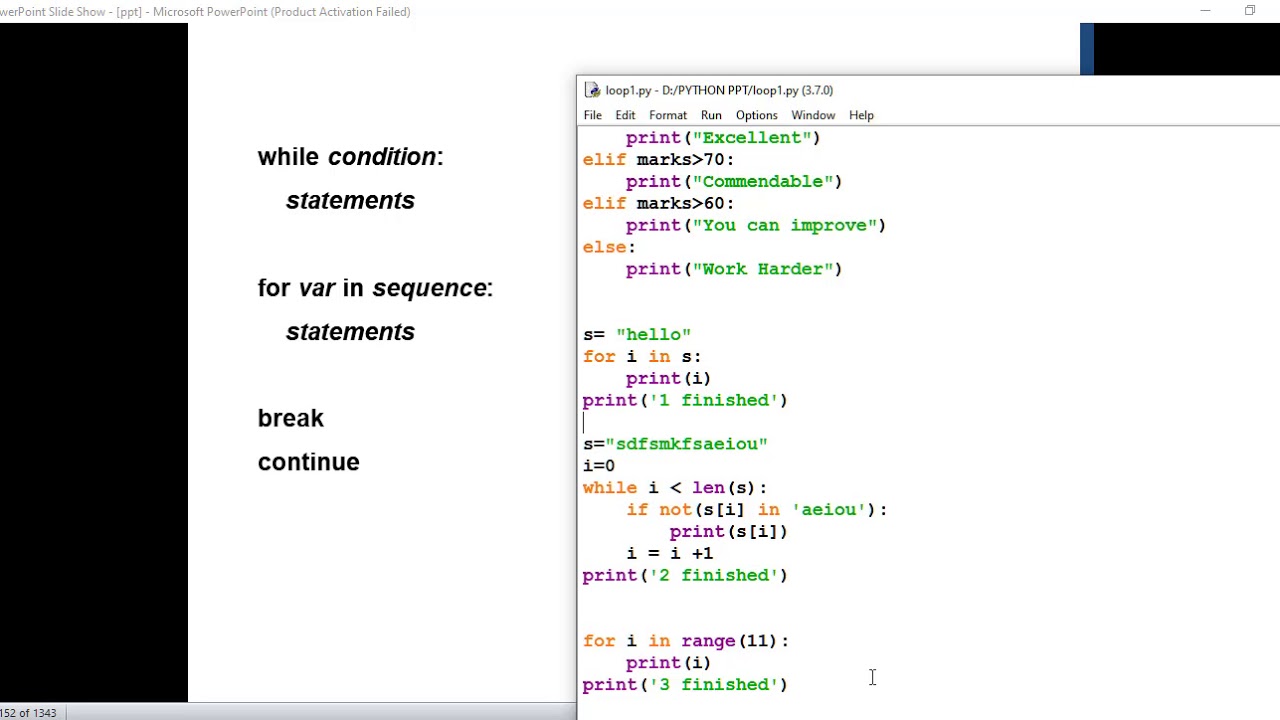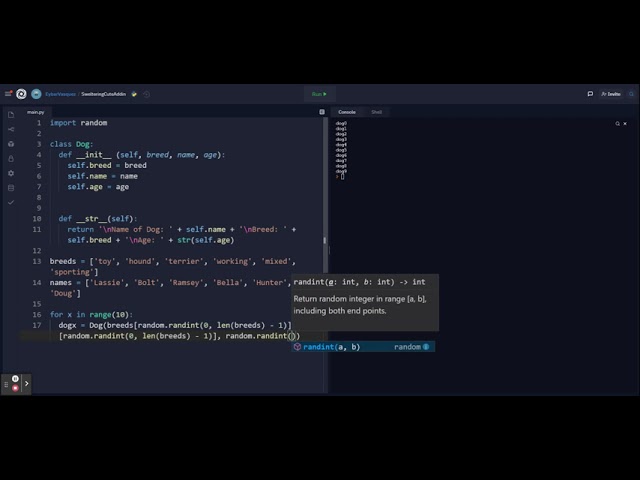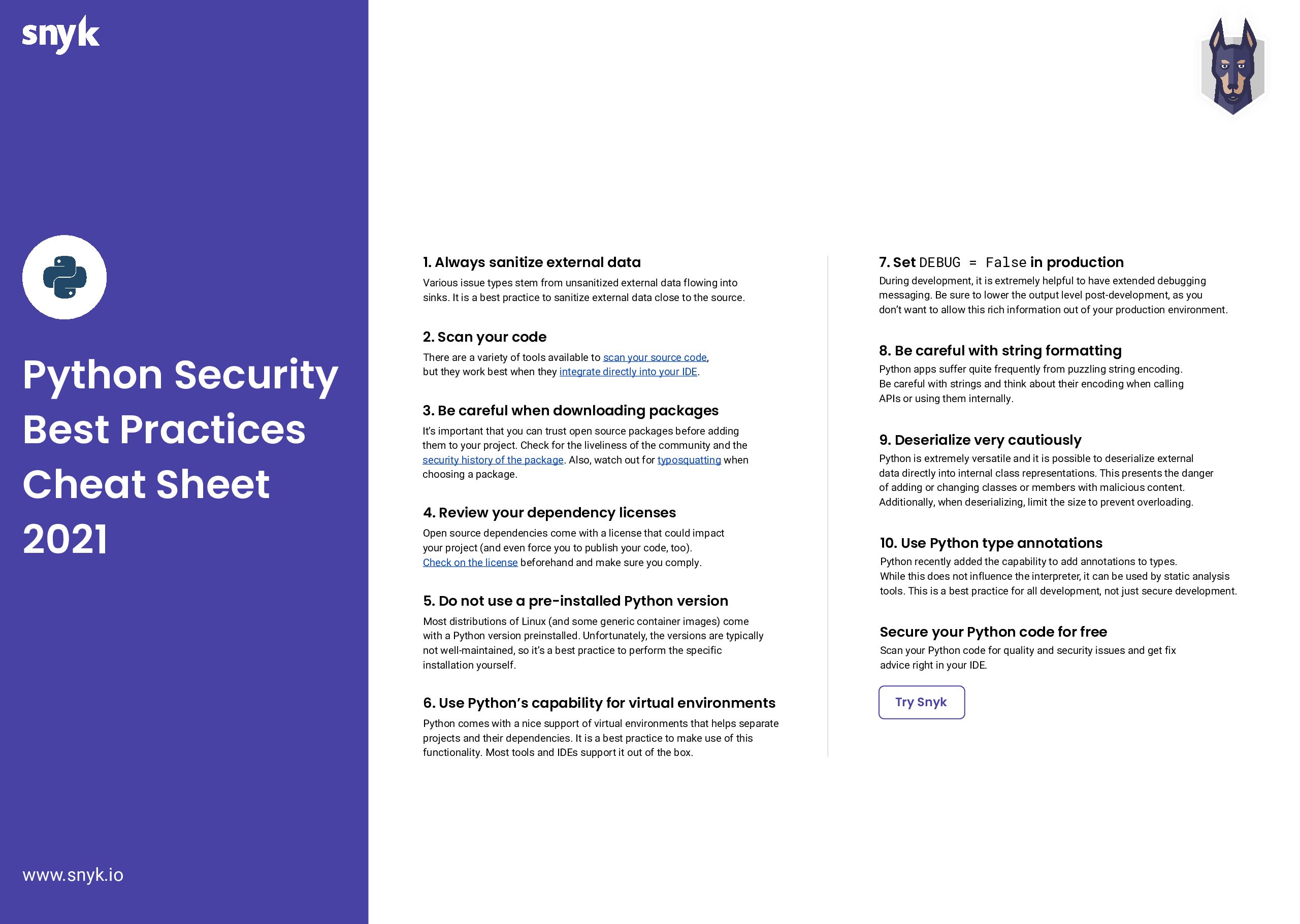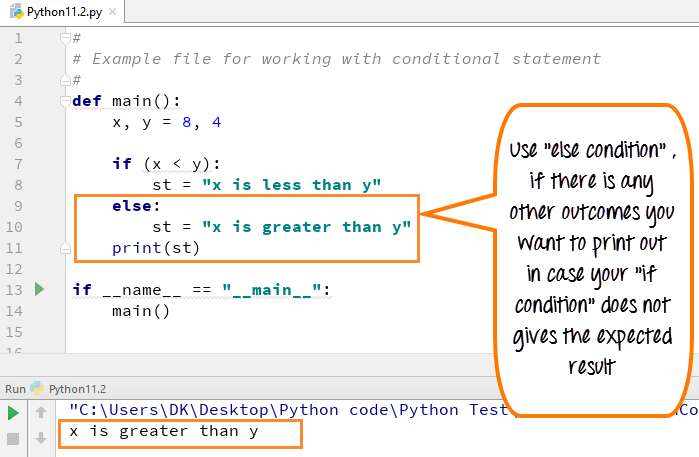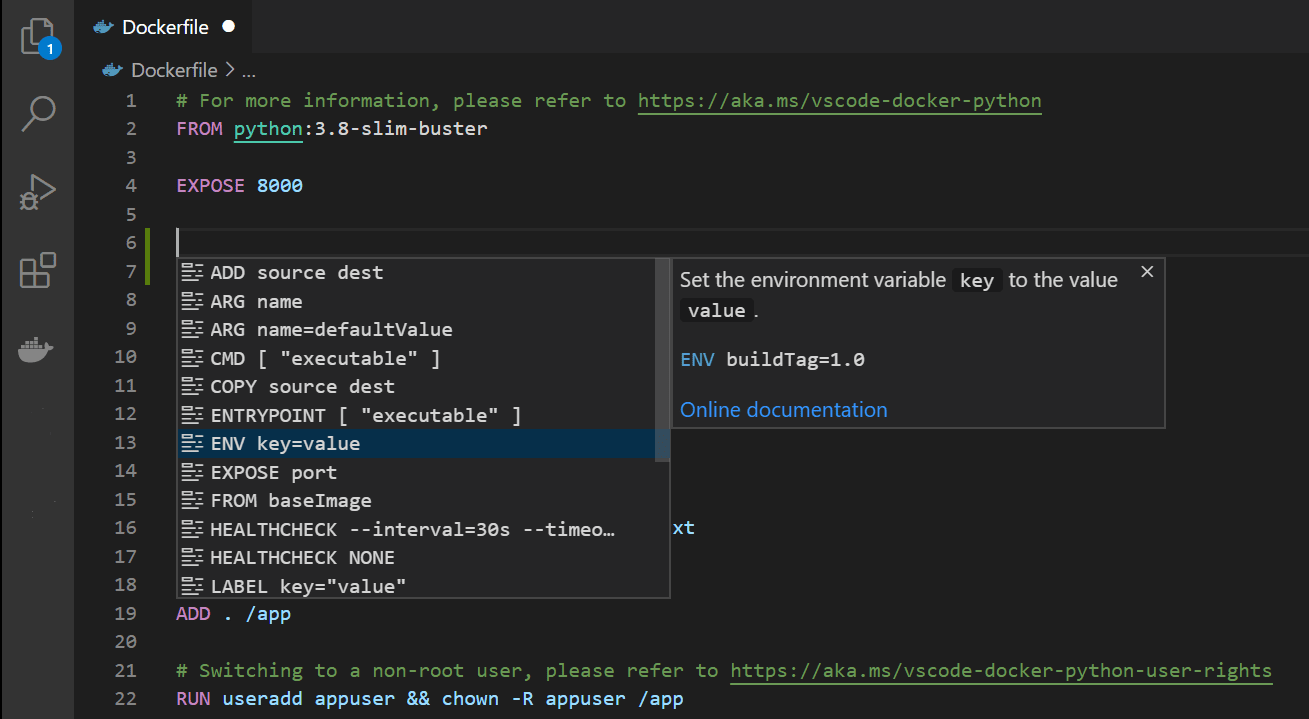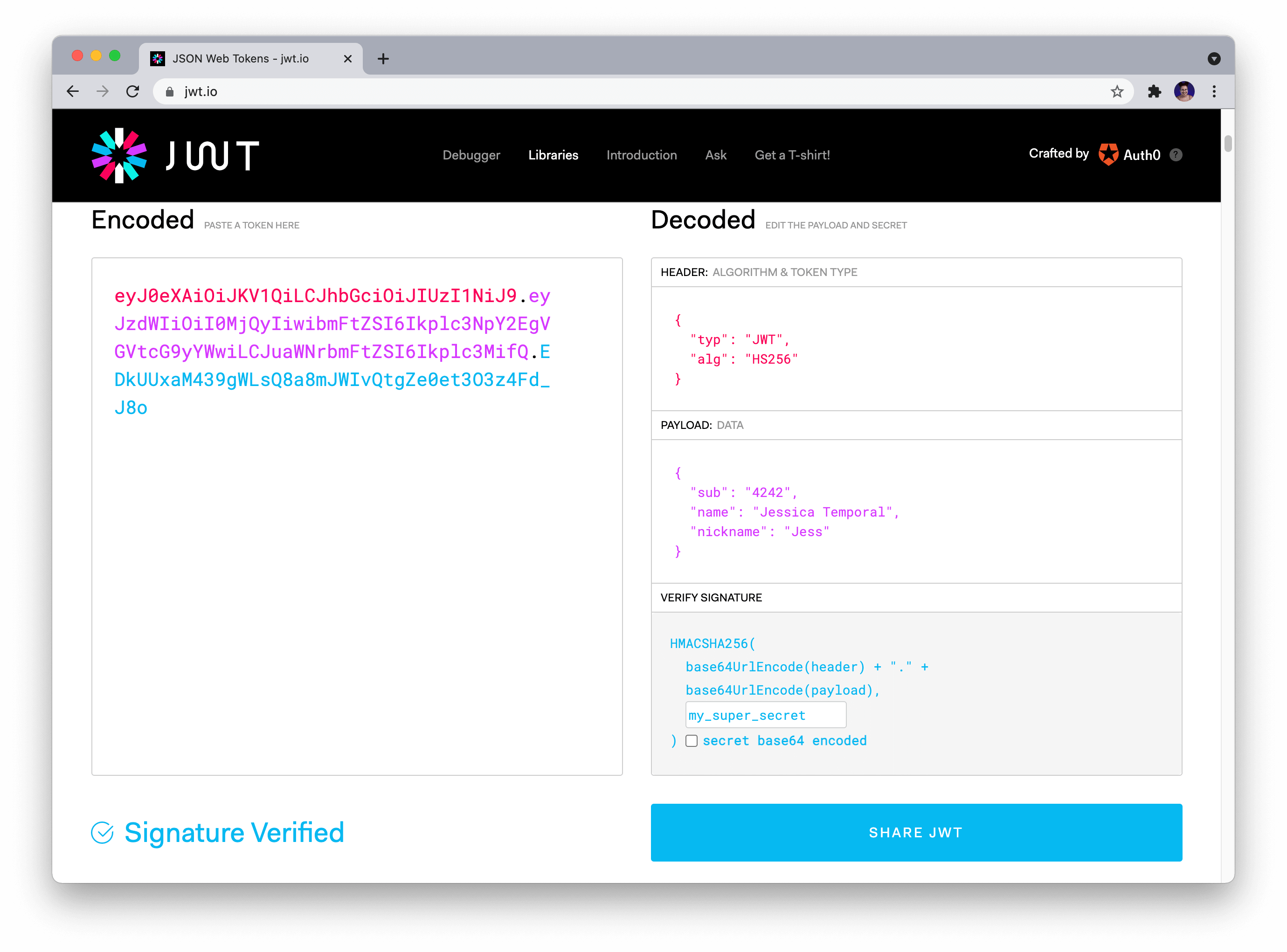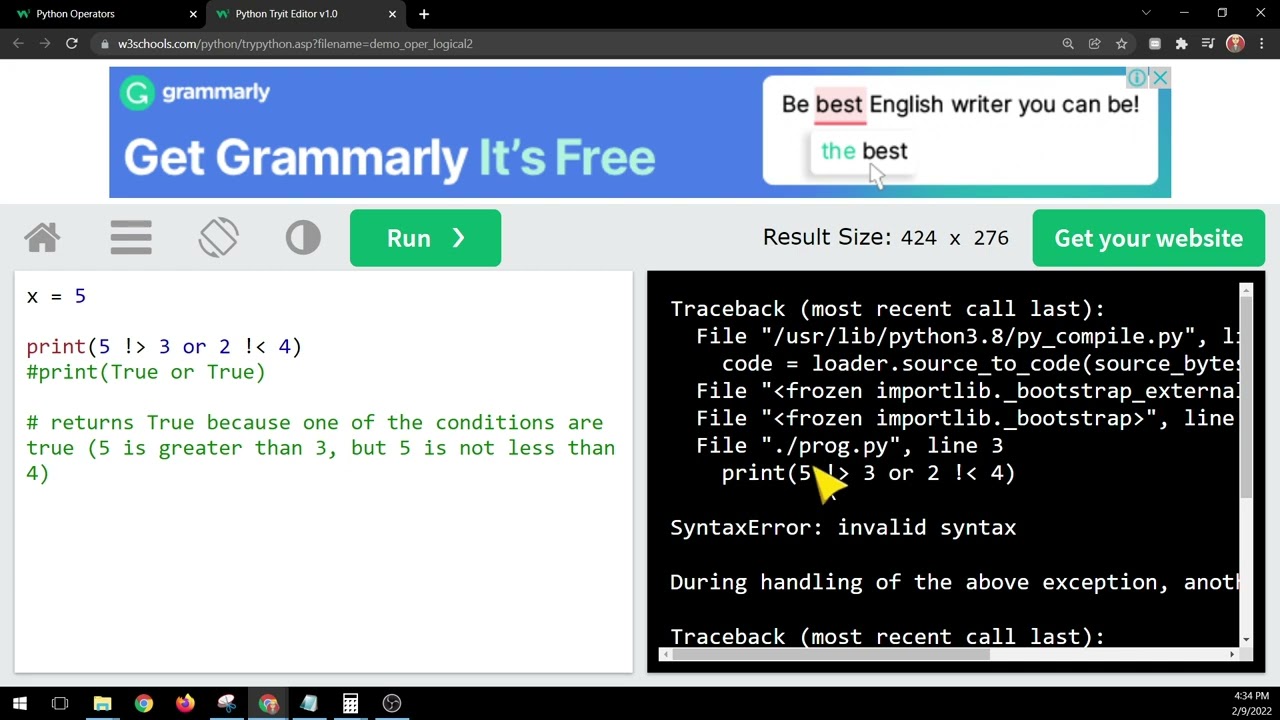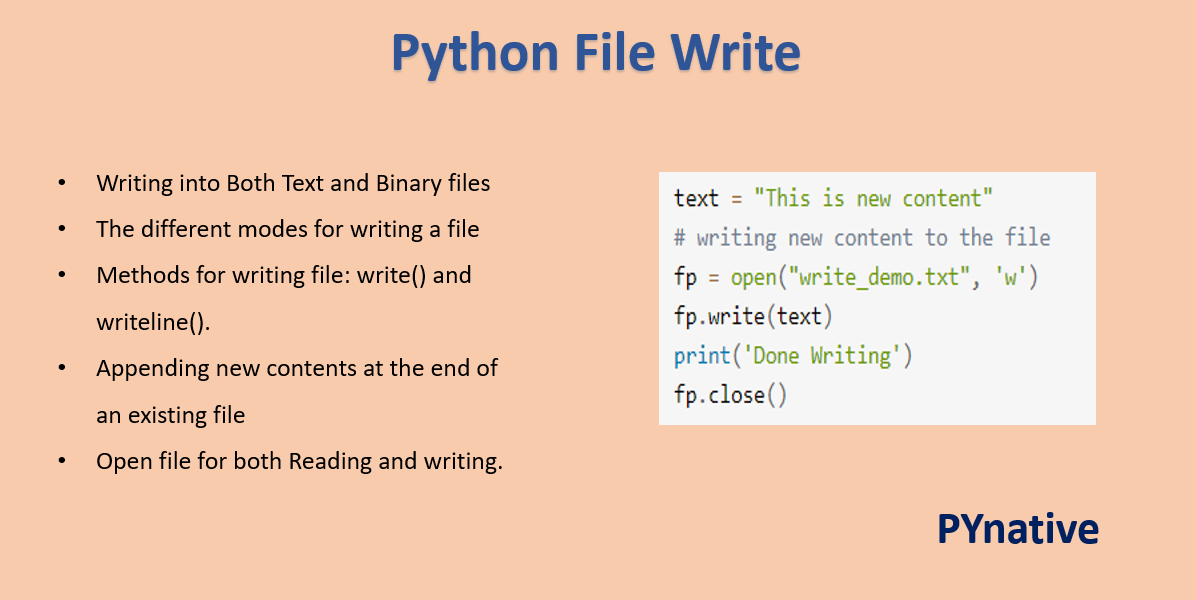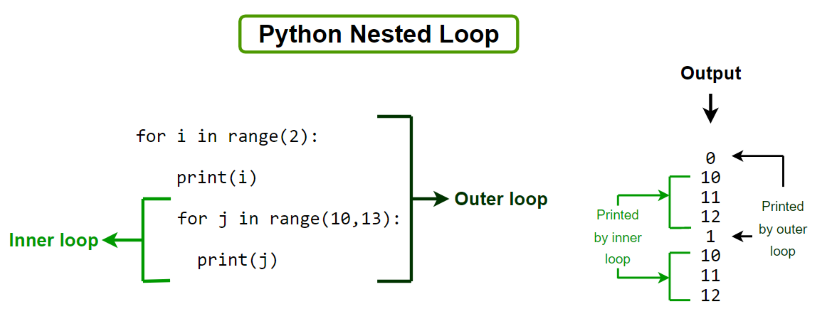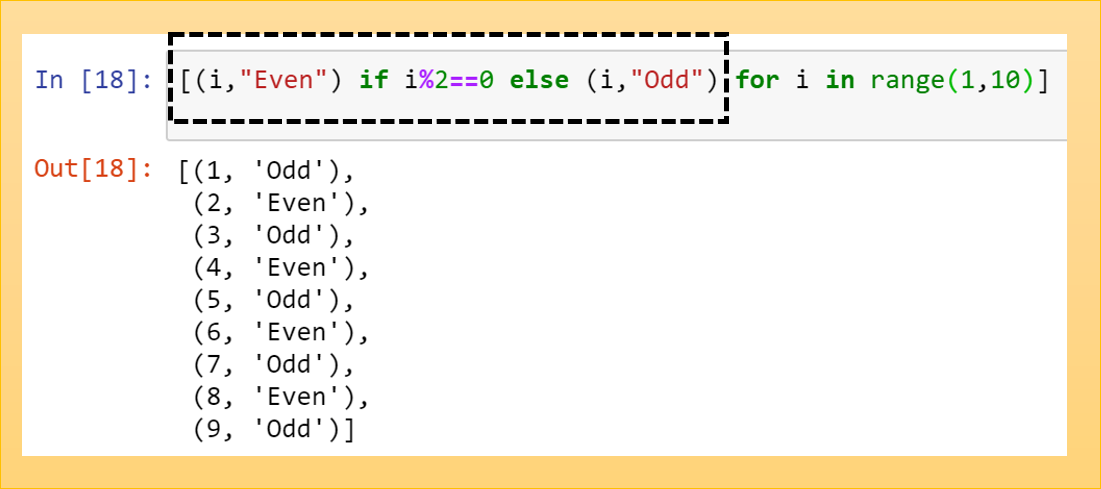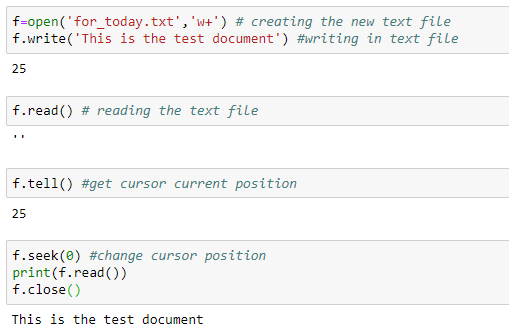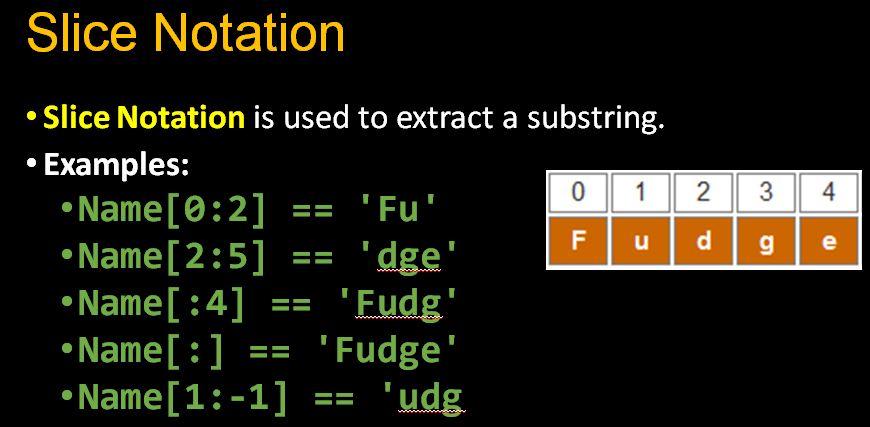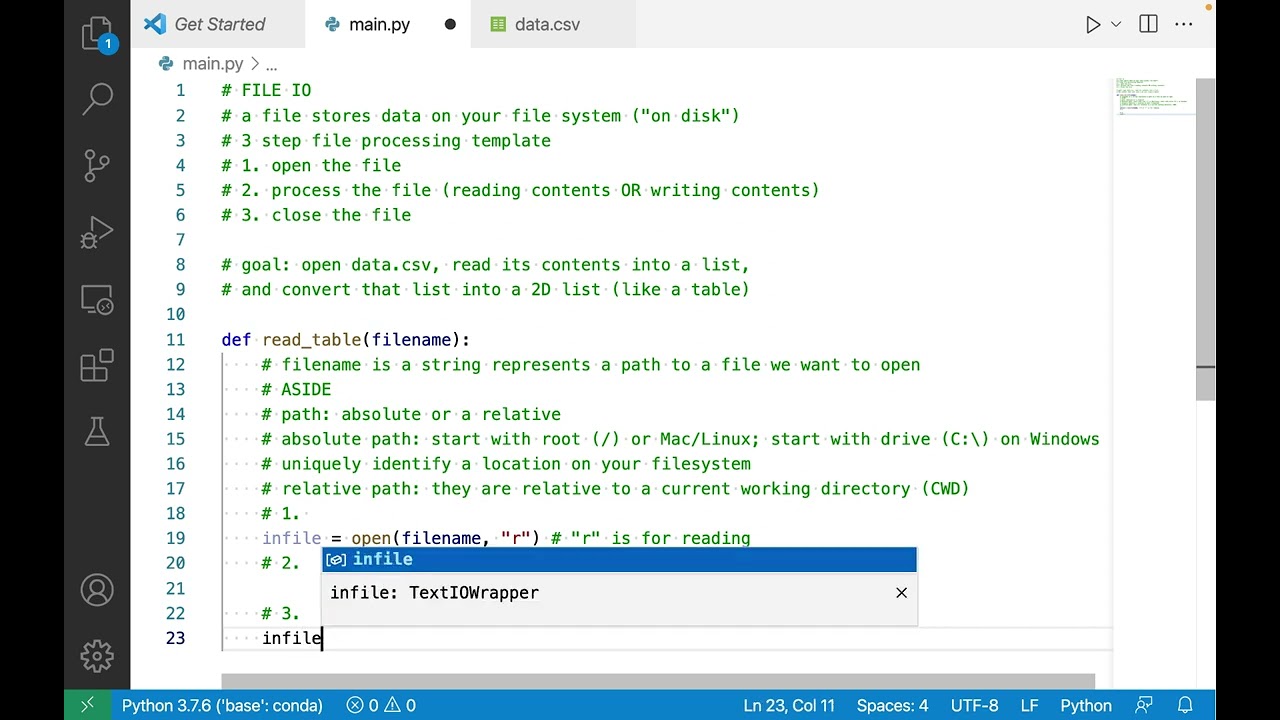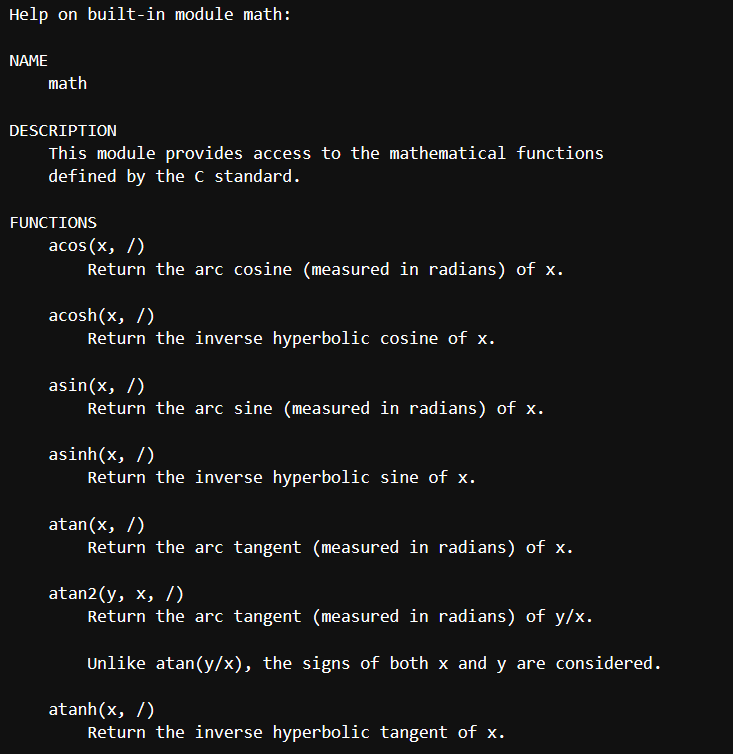List comprehension Python
List comprehension Python
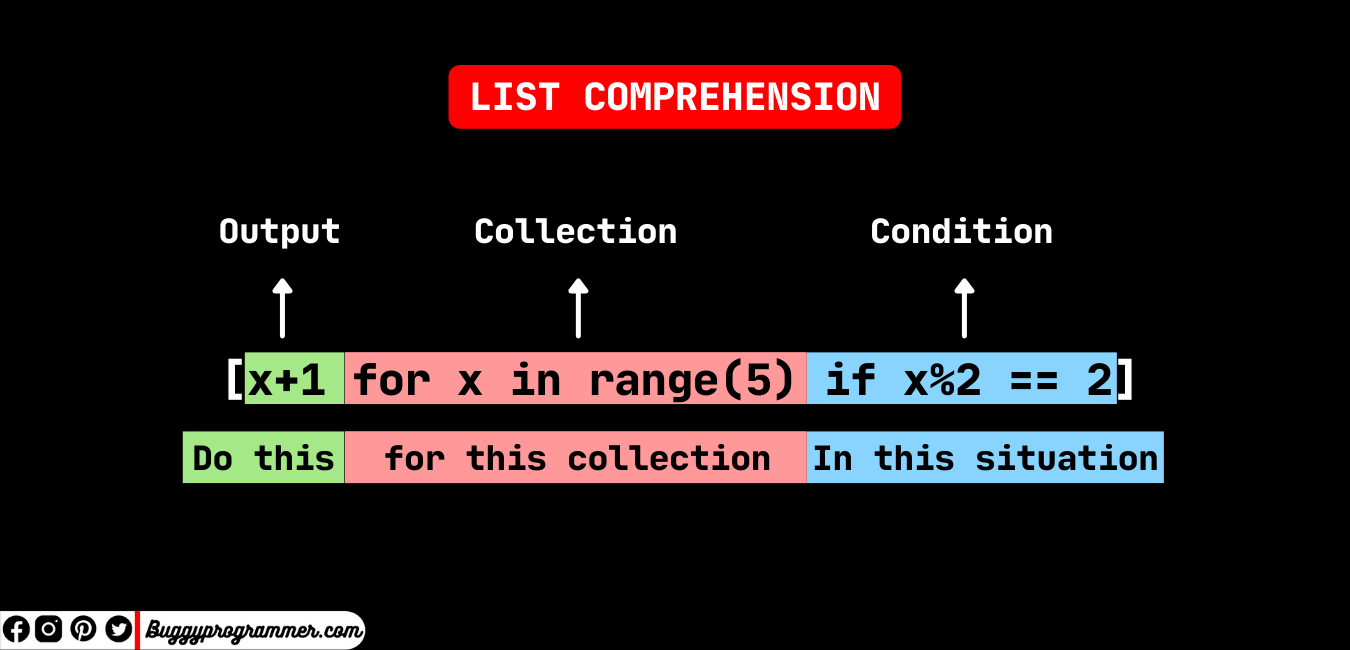
I apologize for the misunderstanding earlier! Here's a detailed explanation of list comprehensions in Python:
What is a List Comprehension?
A list comprehension is a concise way to create lists in Python. It is a syntax feature that allows you to create a new list from an existing iterable (like a list, tuple, or string) by performing some operation on each element.
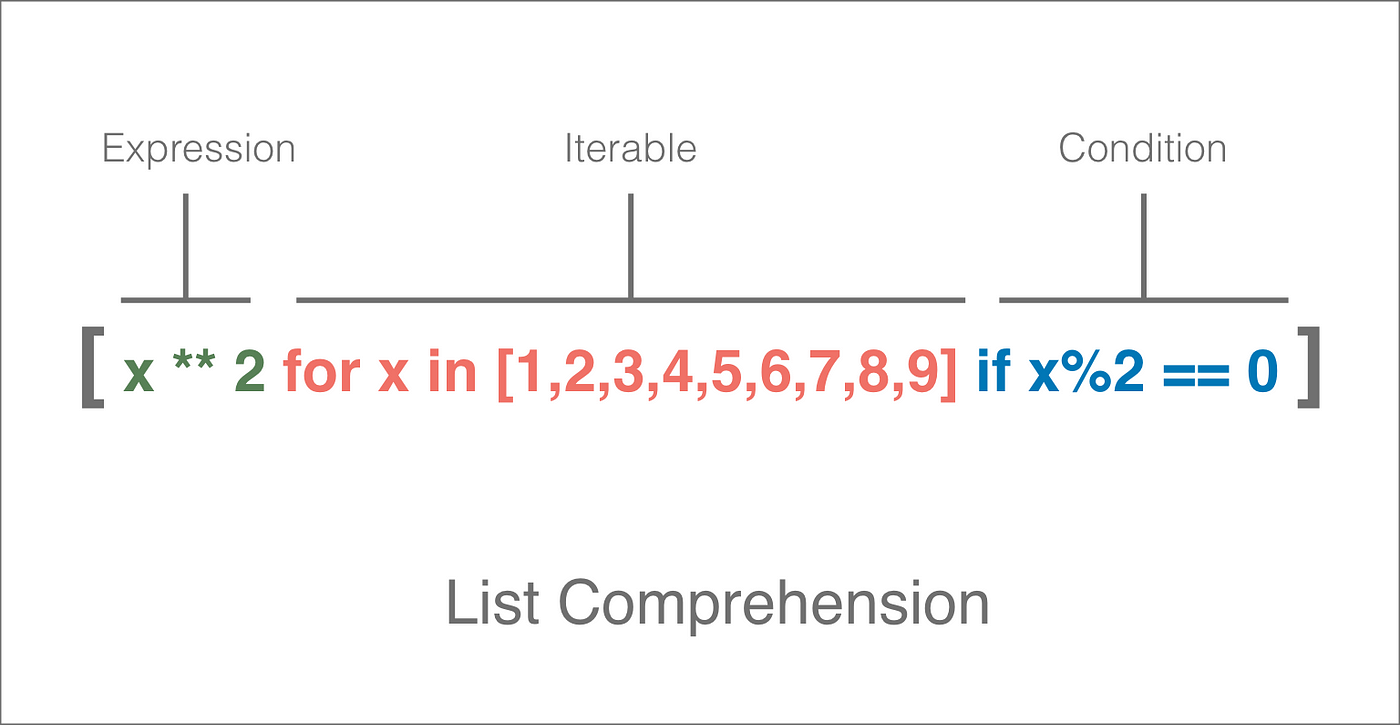
The basic structure of a list comprehension is:
[ expression for variable in iterable ]
Where:
expression is the operation you want to perform on each element. variable is a temporary variable that takes on the value of each element from the iterable. iterable is the list, tuple, string, or other iterable object that you want to create a new list from.
Example 1: Squaring Numbers
Suppose we have a list of numbers and we want to create a new list containing their squares. Here's how to do it using a list comprehension:
numbers = [1, 2, 3, 4, 5]squares = [n**2 for n in numbers]
print(squares) # Output: [1, 4, 9, 16, 25]
In this example, n is the temporary variable that takes on the value of each element from the numbers list. The expression n**2 squares each number.
Example 2: Filtering Even Numbers
Let's say we have a list of numbers and we want to create a new list containing only the even numbers:
numbers = [1, 2, 3, 4, 5, 6]even_numbers = [n for n in numbers if n % 2 == 0]
print(even_numbers) # Output: [2, 4, 6]
In this example, the if clause filters out the odd numbers and only keeps the even ones. The expression n is the temporary variable that takes on the value of each element from the numbers list.
Example 3: Converting Strings to Uppercase
Suppose we have a list of strings and we want to create a new list containing their uppercase equivalents:
strings = ['hello', 'world', 'python']uppercase_strings = [s.upper() for s in strings]
print(uppercase_strings) # Output: ['HELLO', 'WORLD', 'PYTHON']
In this example, the expression s.upper() converts each string to uppercase.
Benefits of List Comprehensions
Readability: List comprehensions can make your code more readable by condensing complex logic into a single line. Efficiency: They are often faster than using loops or other data structures to achieve the same result. Concise: You can create lists in just one line, which is especially useful when you need to perform multiple operations on each element.Common Use Cases
Data processing and manipulation Filtering and sorting Transforming and mapping Creating new data structuresIn conclusion, list comprehensions are a powerful tool in Python that can simplify your code and improve its performance. By mastering this syntax feature, you'll be able to write more efficient and readable code!
What is list comprehension in Python for list of lists?
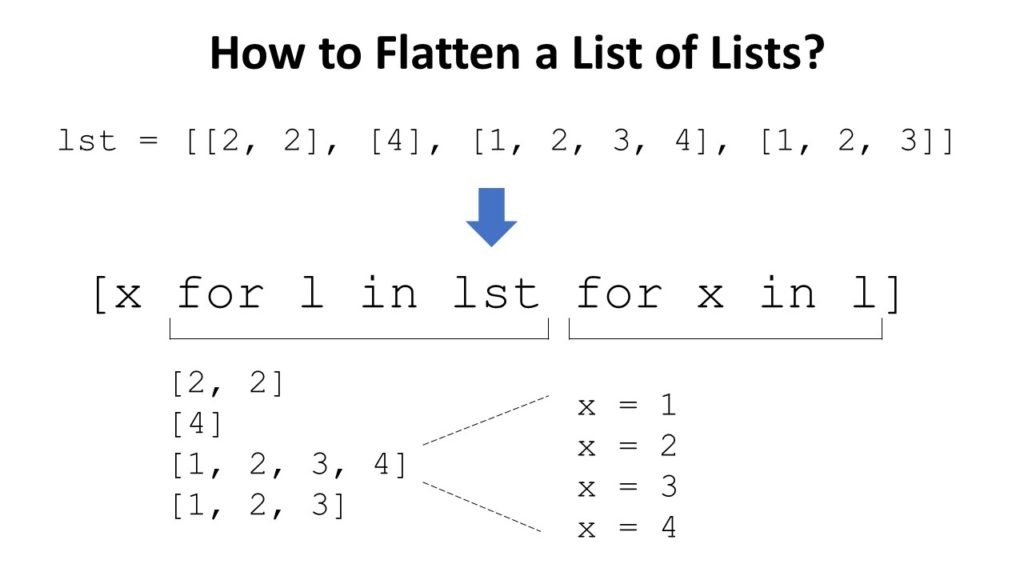
I'm happy to help!
List comprehension is a powerful feature in Python that allows you to create new lists by performing operations on existing lists or other iterable objects. In the case of a list of lists, list comprehension can be particularly useful when you need to transform or filter the sublists.
To understand how list comprehension works with a list of lists, let's start with a simple example:
outer_list = [[1, 2], [3, 4], [5, 6]]
Now, imagine you want to create a new list that contains only the even numbers from each sublist. You could do this using a for loop and if statements, but list comprehension makes it much more concise:
even_numbers = [[num for num in sublist if num % 2 == 0] for sublist in outer_list]
print(even_numbers) # Output: [[2], [4], [6]]
In this example, the list comprehension iterates over each sublist in outer_list and creates a new sublist containing only the even numbers. The resulting even_numbers list contains three sublists, each with one or more even numbers.
Here's how it works:
[num for num in sublist if num % 2 == 0]: This is the inner comprehension, which iterates over each number (num) in a given sublist (sublist). The if clause filters out any numbers that are not even (i.e., those where num % 2 != 0). for sublist in outer_list: This is the outer comprehension, which iterates over each sublist (sublist) in the original outer_list. For each sublist, it applies the inner comprehension to create a new sublist containing only the even numbers.
The resulting list comprehension expression creates a new list of lists, where each sublist contains only the even numbers from its corresponding original sublist.
List comprehension can also be used to transform or manipulate the sublists in more complex ways. For example:
transformed_list = [[str(num) + " is an even number" for num in sublist if num % 2 == 0] for sublist in outer_list]
print(transformed_list) # Output: [["2 is an even number"], ["4 is an even number"], ["6 is an even number"]]
In this example, the list comprehension not only filters out odd numbers but also transforms each even number into a string with a descriptive message.
When working with lists of lists, list comprehension can be a powerful tool for creating new lists by transforming or filtering the sublists. With practice and creativity, you'll find yourself using list comprehensions to simplify your code and achieve complex data manipulation tasks!

